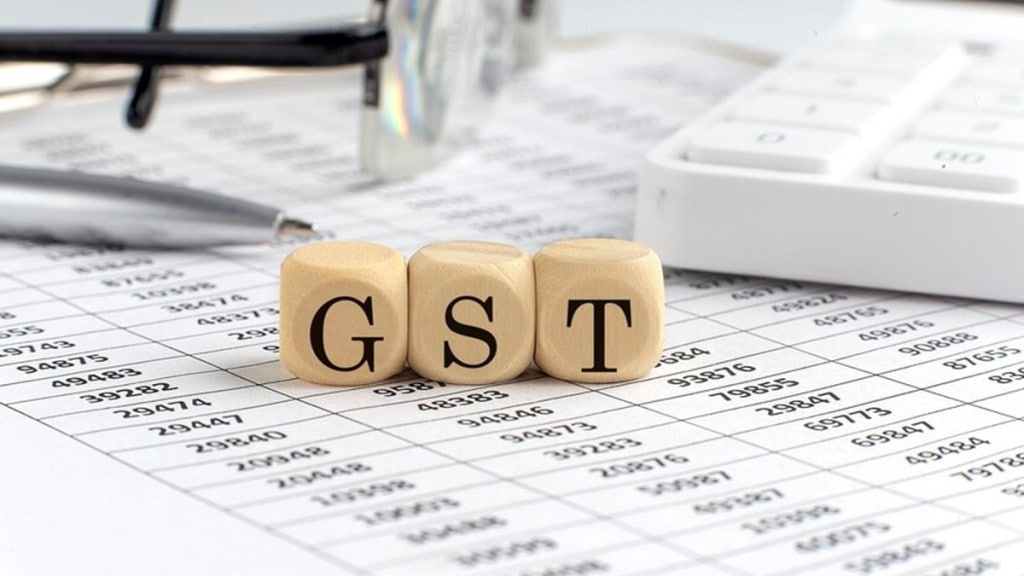By Arbind Modi
The value added tax (VAT) revolution began in the 1950s and has since expanded to over 170 countries. Designed as a consumption tax, VAT is widely recognised as an efficient revenue-generation mechanism, contributing approximately 35% of total tax revenues worldwide. It is also considered more conducive to economic growth and easier to administer than other forms of taxation.
A well-designed VAT system has a broad base, minimal exemptions, a single rate, and an administratively feasible registration threshold. Effective implementation requires self-assessment, digital compliance mechanisms, robust refund systems, and efficient tax administration. However, political and administrative constraints often hinder optimal VAT design.
Over time, two main VAT models have evolved: (i) the traditional VAT, followed mainly by the European Union (EU) countries, and (ii) the modern VAT, pioneered by New Zealand. The traditional VAT is typically characterised by a narrow tax base, multiple rates, a low registration threshold, and numerous exemptions (such as healthcare, education, financial institutions, and real estate), making compliance complex. Many countries, including those in Francophone Africa and Latin America, follow this model. In contrast, the modern VAT, introduced by New Zealand in 1986, features a broad base with minimal exemptions and a single standard rate, simplifying compliance and improving efficiency. Countries like Australia, South Korea, South Africa, Singapore, and Canada have adopted elements of this model.
Despite entering the VAT system late and the recommendations of the Thirteenth Finance Commission, India adopted the traditional VAT model, characterised by a narrow base, numerous exemptions, multiple rates, a high standard rate of 18%, and a complex compliance mechanism. While it has eliminated inter-state trade barriers and introduced a robust information technology infrastructure, businesses still face excessive compliance burdens, with over 350 GST returns filed annually.
The rate structure is a critical aspect of VAT design. A single VAT rate simplifies administration but is often seen as regressive. Many countries adopt multiple-rate structures or exemptions to mitigate this but at the cost of complexity. However, reduced rates and exemptions disproportionately benefit wealthier households. Instead, direct cash transfers funded by VAT revenues are a more effective means of supporting low-income groups. Reflecting these considerations, there is a growing trend toward adopting single-rate VAT structures to simplify administration and improve efficiency. Some countries like Singapore, Colombia, and Uzbekistan use direct transfers to offset VAT burdens on lower-income groups.
A survey of 152 countries reveals that in 2020, India’s rate structure — comprising six rates (excluding cess) — is among the most complex. India’s standard VAT rate (18%) is high compared to the Asian average (10.9%). Latin America and West Asia maintain rates closer to the global average (15.3%), while European countries and advanced economies have higher rates (16.8-20.2%). Replacing the multiple reduced rates and exemptions under the goods and services tax (GST) with direct cash transfers would enhance efficiency, equity, and revenue productivity. It would also allow for a switch-over to a substantially reduced single standard GST rate which would be aligned more closely to the Asian average of 10.9%. India already has an advanced direct cash transfer system (Aadhaar, Jan Dhan Yojana) and leveraging this infrastructure to compensate vulnerable groups could improve tax compliance and fairness.
The key objective of introducing GST was to mobilise additional revenues in an economically efficient manner. Internationally, the revenue performance of GST is measured by C-efficiency, the ratio of VAT revenue to final consumption expenditure divided by the standard rate. A ratio of 1 represents maximum potential revenue. In FY23, India’s C-efficiency stood at 0.42, below the global average (0.45) and Nepal’s 0.53 (despite its lower income and a single 13% VAT rate). India’s GST revenue also remains below pre-GST levels, and the removal of GST compensation cess has worsened fiscal stress for states.
India’s GST underperformance is driven by policy and compliance gaps. The policy gaps arise from multiple rates, exemptions, and non-taxation of key sectors (e.g. financial services). While some exemptions for necessities may be justified on distributional considerations, financial services remain untaxed due to conceptual and implementation difficulties. Expanding GST to these sectors could raise 0.5-0.8% of GDP. Real estate taxation under GST is another challenge. The use of “deemed” input tax credits undermines VAT’s self-enforcement mechanism and encourages tax evasion. A streamlined framework with fewer exemptions could improve transparency. Capital goods taxation also affects investment neutrality. In practice, the GST refunds on capital goods are delayed till the commencement of business operations, effectively taxing investment. This is particularly harmful in an inflationary environment.
Similarly, compliance gaps arise, inter alia, due to fraudulent input tax credit claims. Strengthening enforcement, imposing strict penalties, and holding the ultimate beneficiaries accountable could help curb tax fraud.
Refunds are a persistent weakness in India’s VAT system. Instead of addressing administrative inefficiencies, authorities have introduced deemed input tax credits, further complicating compliance. A centralised GST return processing centre, similar to the income tax department, could improve risk management and accelerate refunds.
The GST Council, a model of cooperative federalism, successfully implemented GST but now faces growing dissatisfaction due to revenue shortfalls and frequent rate changes (over 500 adjustments). Disturbingly, member states unanimously endorse decisions in Council meetings but voice their dissent in public and Parliament, thereby undermining the credibility of the Council. Attempts for piecemeal reforms cannot fully address stakeholder concerns.
Given India’s seven years of GST implementation, the GST Council must do a comprehensive review. However, the revised GST should remain a destination-based tax with concurrent jurisdiction but balance revenue sustainability, business efficiency, and fairness for consumers. Until a full review is completed, all pending rate changes and exemptions should be put on hold.
The writer is chief adviser (fiscal), Government of Punjab.
Disclaimer: Views expressed are personal and do not reflect the official position or policy of FinancialExpress.com. Reproducing this content without permission is prohibited.

